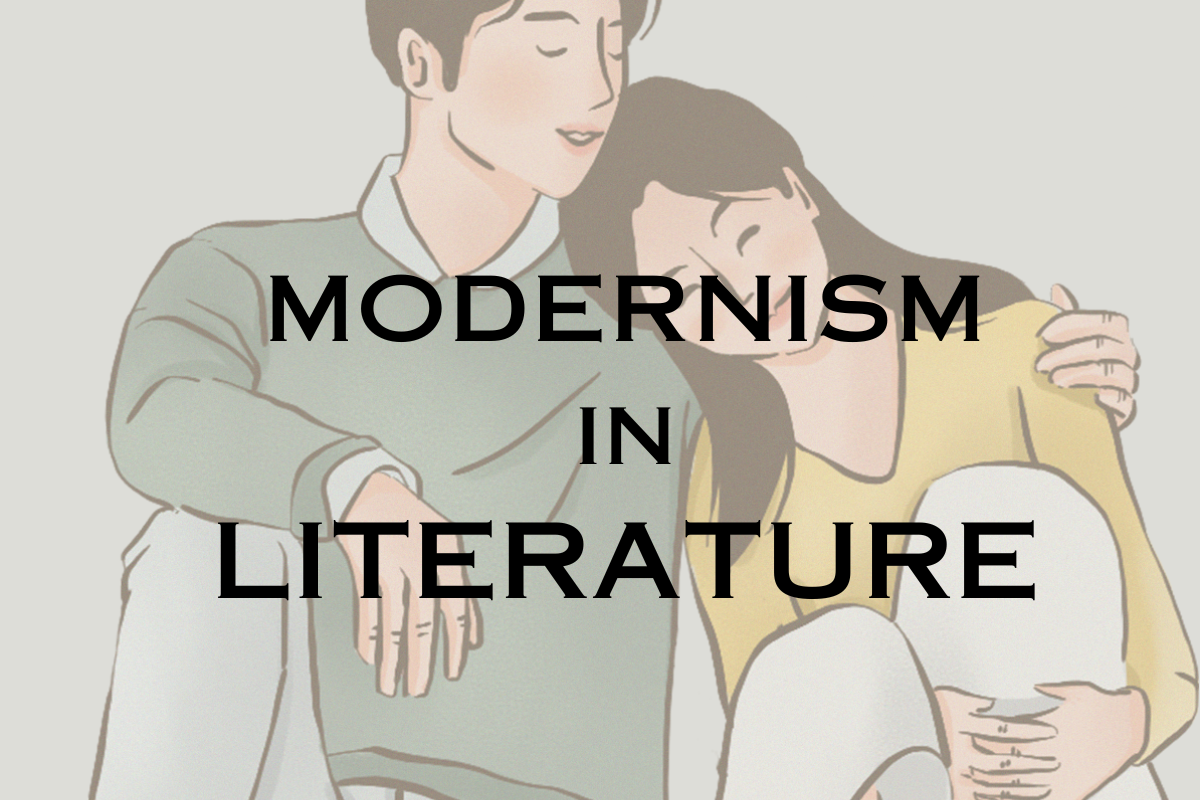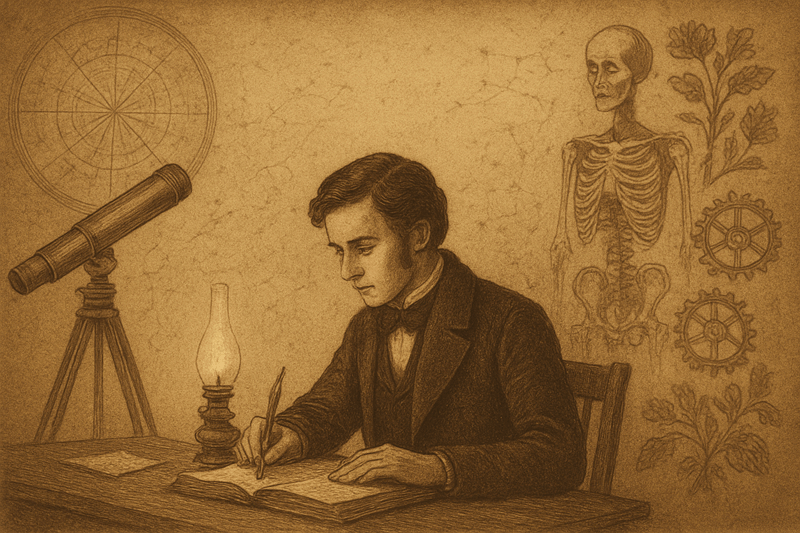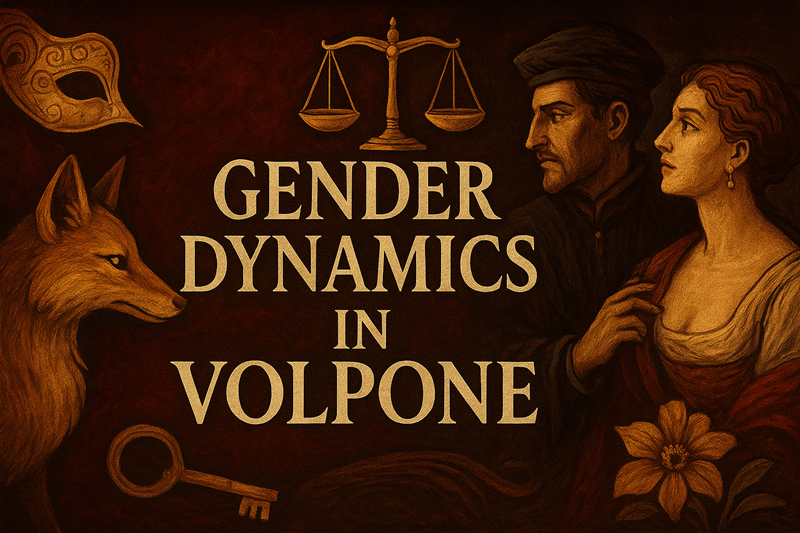Modernism is a literary movement that spanned from the late 19th to the mid-20th century. It marked a deliberate break from traditional writing forms and styles. But, modernist writers experimented with narrative techniques, language, and themes. This period of literature delved into the intricacies of human consciousness. It also has fragmented narratives and challenged storytelling norms. Keep reading till the end to learn about characteristics and books on modernism in literature.

Who Coined the Term Modernism?
The term modernism in a literary context doesn’t have a clear origin attributed by one person. It developed gradually over time to describe a literary movement. However, the term was first used this way early, tracing back to French poet and critic Charles Baudelaire.
In The Painter of Modern Life essay, Charles Baudelaire explored the idea of artists and writers capturing the spirit of city life in 1863. They showed the essence of their own time. Baudelaire mainly discussed painting in his essay. But, his ideas about capturing modern life greatly impacted modernist literature. They also captured a fast-changing world.
Baudelaire’s essay didn’t use the word “modernism.” But, his ideas about current life and art set the groundwork for modern lit.
Characteristics of Modernism in Literature
The main characteristics of modernism in literature include:
-
Experimentation: Modernist writers aimed to expand the limits of literary expression through their work. They explored new ways of telling stories. They also looked at how to use language and new forms. They did this to capture the broken and chaotic nature of the modern world.
-
Stream of consciousness: It is a technique used by many modernist authors like James Joyce in Ulysses and Virginia Woolf in Mrs. Dalloway. It allows for a deep exploration of the characters’ inner thoughts and experiences. This narrative style vividly captures the intricate workings of the human mind.
-
Fragmentation: Modernist texts often have fragmented narratives, including disjointed timelines and non-linear storytelling. These literary techniques mirror the fractured and disorienting nature of modern life.
-
Denial of Realism: Modern literature is different from 19th-century realism. Realism aims to show life accurately and objectively. Instead, modernist writers often blur the line between reality and fantasy. They embrace subjectivity and symbolism. They see them as integral to their storytelling.
-
Alienation and disillusionment: Modernist works often show alienation and disillusionment. They reflect a feeling of disconnection. People are disappointed with established values, institutions, and expectations. This feeling grew especially strong after World War I. The trauma of war deeply shaped the outlooks of many writers.
-
Symbolism and Imagery: Modernist literature writers often used vibrant, symbolic images. They used them to convey their themes and ideas. These symbols serve as powerful ways to express intricate emotions and concepts.
-
Amiquity: Modern literature is often vague and open. It leaves readers with lingering questions and uncertainty. Authors make this choice to invite readers to delve into many interpretations of the text.
Notable Writers and Examples of Modernism in Literature
Several important books and authors shaped and showed modernism in literature. They played a pivotal role. Famous modernist authors and their works include:
1. James Joyce (1882-1941): One of the most well-known Irish writers in history is James Joyce. He gained fame for his use of intricate and groundbreaking narrative techniques. Some of his most notable works include Ulysses and A Portrait of the Artist as a Young Man.
2. Virginia Woolf (1882-1941): She is an English author known for her exploration of stream-of-consciousness writing. Some of her works are Mrs. Dalloway and To the Lighthouse.
3. T.S. Eliot (1888-1965): An American-British poet and playwright who wrote The Waste Land and The Love Song of J. Alfred Prufrock. These are considered significant modernist poems.
4. F. Scott Fitzgerald (1896-1940): He is an American novelist best known for The Great Gatsby. It explores themes of decadence and disillusionment in the Jazz Age.
5. William Faulkner (1897-1962): He is a renowned American novelist celebrated for his intricate storytelling technique and profound exploration of the American South. One of his masterpieces is The Sound and the Fury and As I Lay Dying.
6. Franz Kafka (1883-1924): He is a Czech-born writer famous for his surreal and existential works. Some of his famous works are The Metamorphosis and The Trial.
7. Gertrude Stein (1874-1946): She is a renowned American novelist and poet celebrated for her groundbreaking experimental writing style. Some of her notable works include Tender Buttons and Three Lives.
Some more prominent writers are Ezra Pound (The Cantos), Marcel Proust [In Search of Lost Time (À la recherche du temps perdu)], H.D. (Hilda Doolittle) (Sea Garden), and Sherwood Anderson (Winesburg, Ohio).
Conclusion
The Modernist movement had a significant influence on literature and art, as it pushed boundaries and defied conventional norms. Its impact paved the way for later literary movements like postmodernism. The era is still seen as a key time in literature history. It’s celebrated for its new approaches, complex stories, and deep look at human life. This was all amid a fast-changing world.
Recommended: Feminism in Literature | Origin, Characteristics and Types



